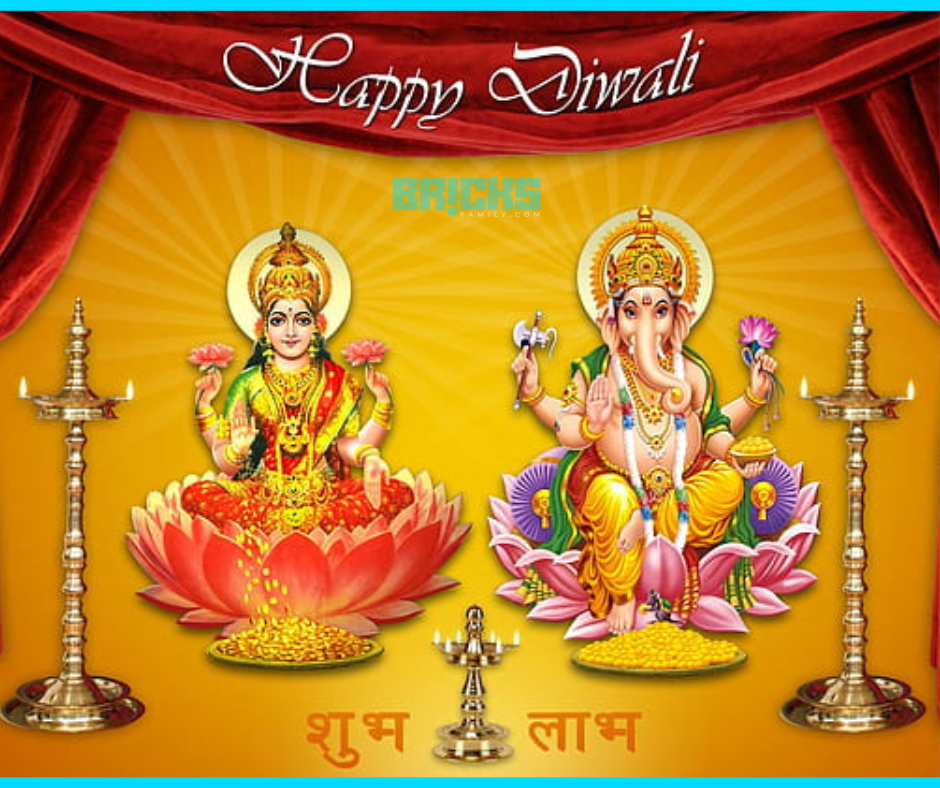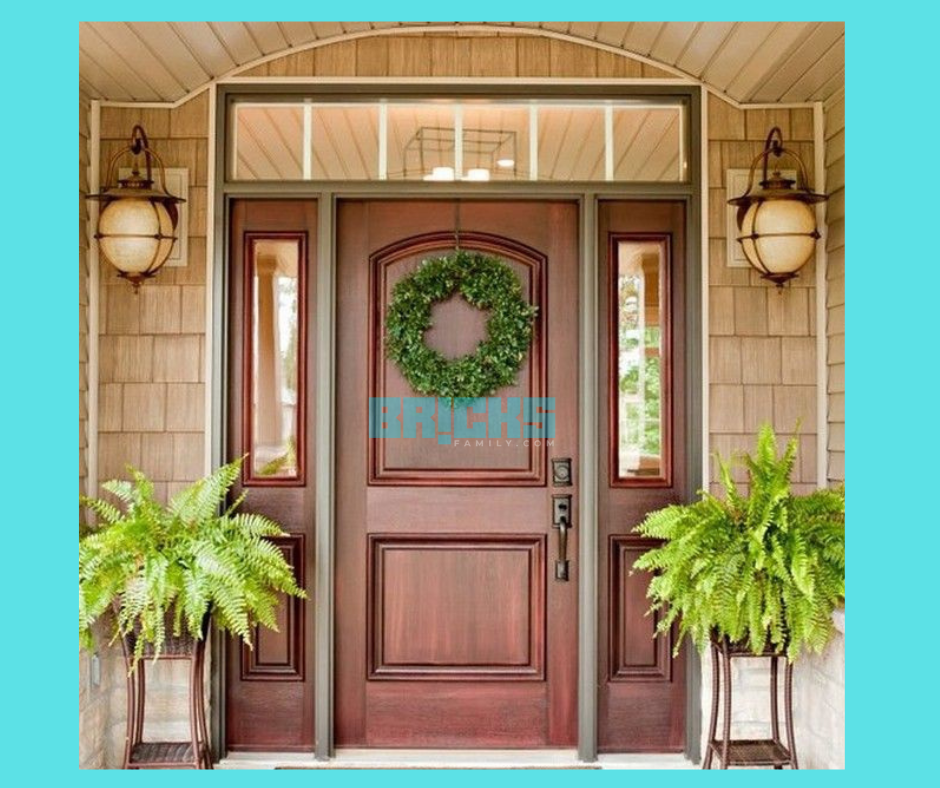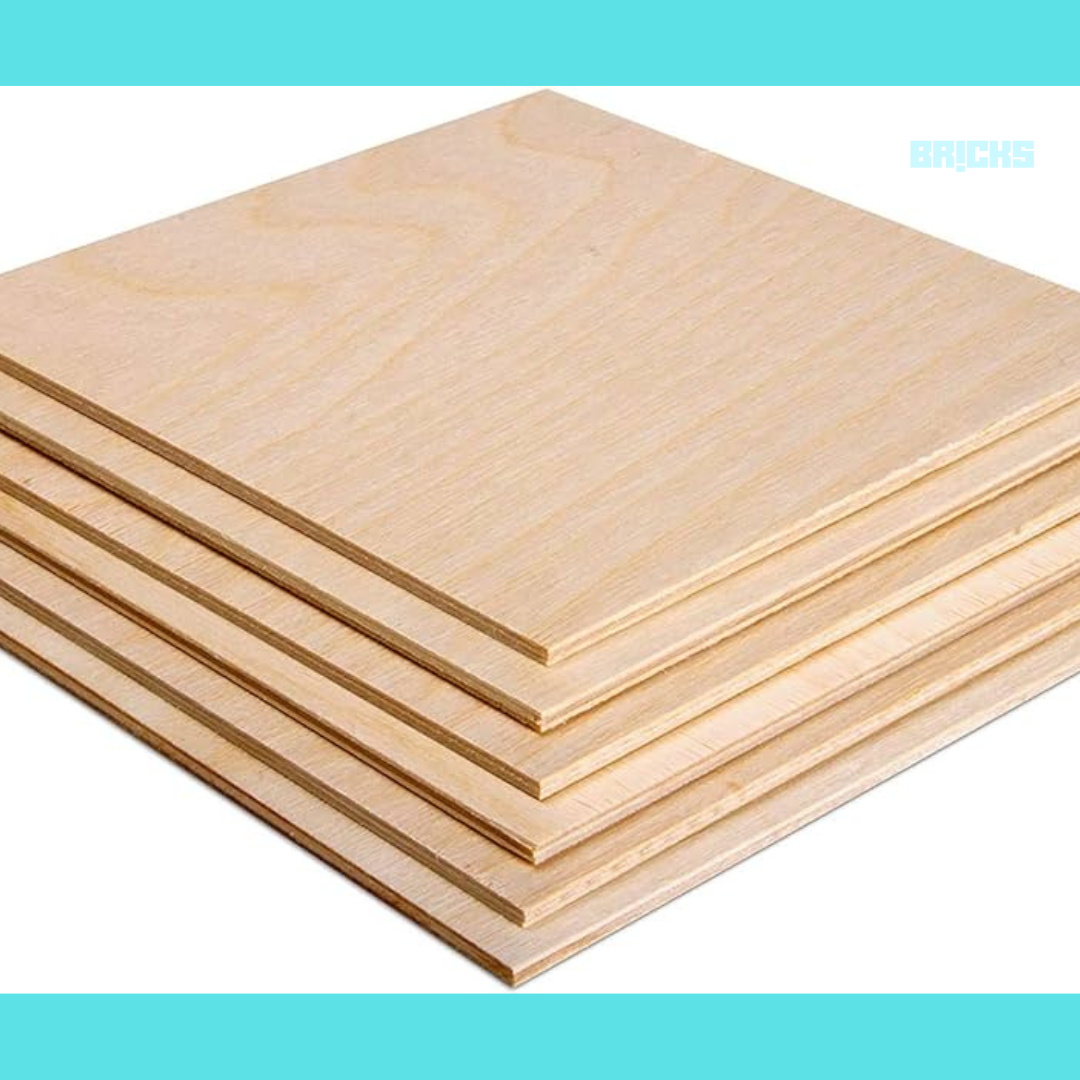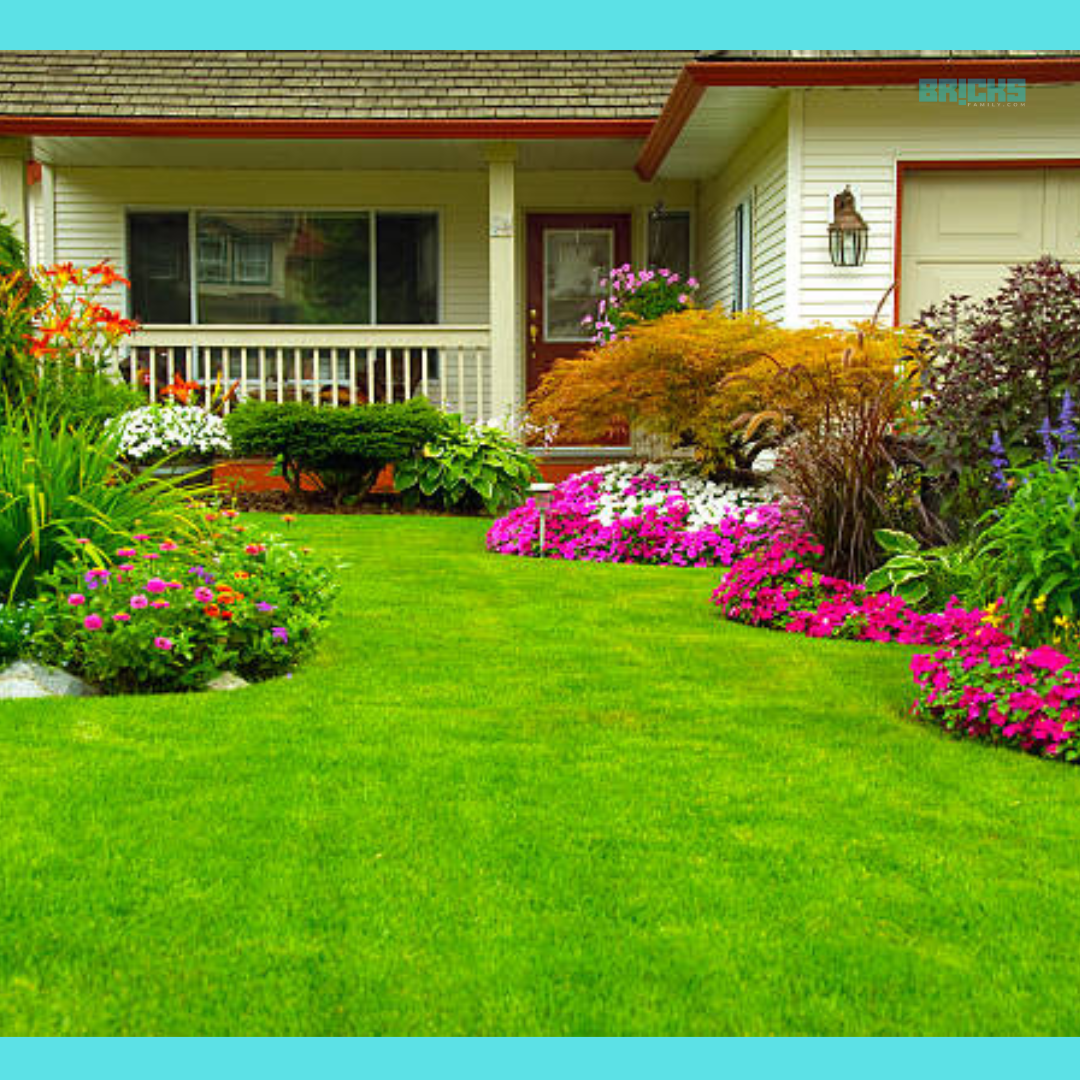One of the most popular building materials in use worldwide is the AAC block. Please continue reading to learn about AAC block costs and their characteristics. This blog is about AAC Blocks: Properties, Price, Advantages and More.
In the building business, AAC, or autoclaved aerated concrete, blocks quickly replace conventional bricks. Because AAC foam concrete is up to three times lighter than traditional bricks, it is also very convenient to work with and handle.
You might find it interesting to learn that AACs are not brand-new players in the market. This substance was created at some point in the 1920s. But its popularity has taken off in the last ten or so years. Consider using AAC blocks rather than red bricks if you are building a house.
How are AAC Blocks Created?
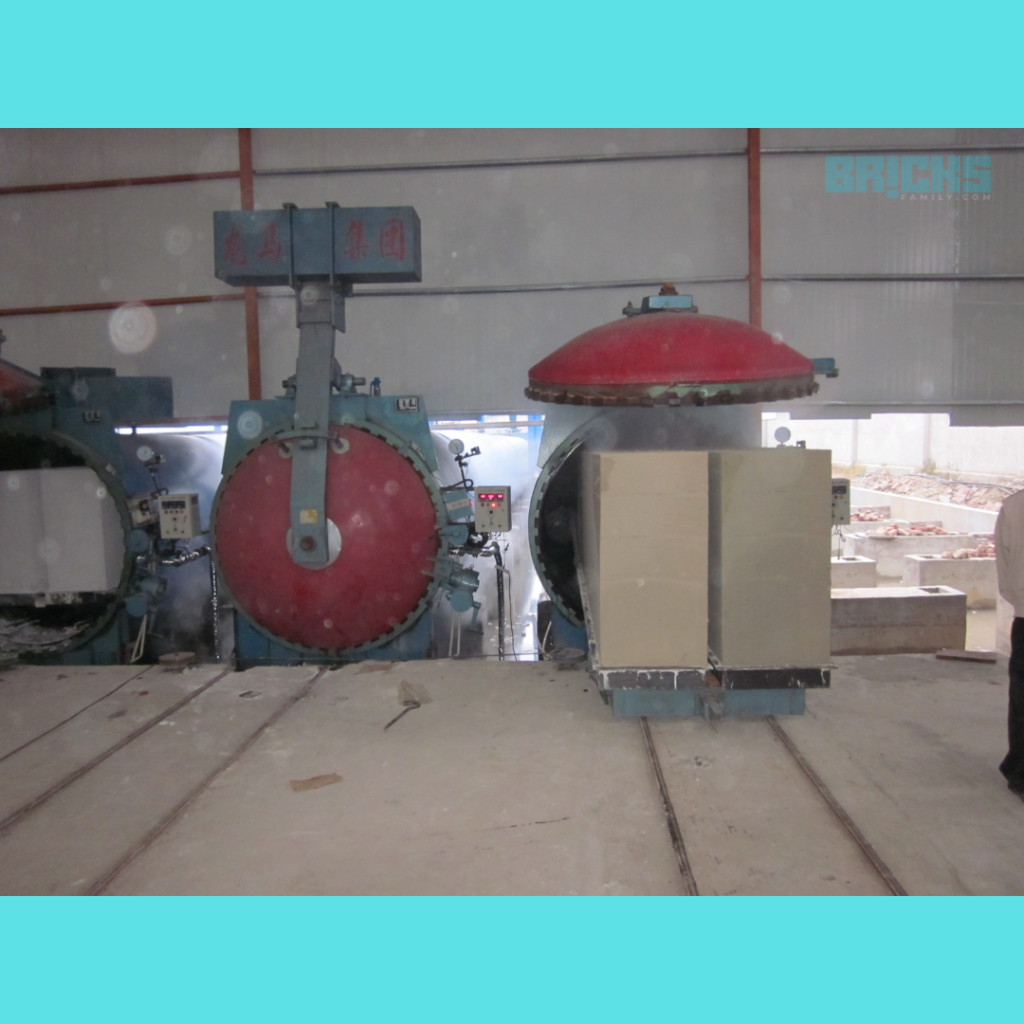
Because of their porous, foam-like surfaces, AAC blocks are relatively light. That does not imply that any mystical materials were employed in its creation. Cement, water, sand, and lime are some components that go into making the AAC structure. Additionally, a tiny quantity of raising agent is added to aid in forming the porous structure.
The materials and production methods used to make AAC blocks and burnt clay bricks differ. An autoclave is a device that produces superheated steam by raising its temperature and pressure to high levels. The AAC block structure is autoclaved after it has been formed to obtain its rigid and light structure.
Now, while the AAC is being blended and cast, other additives are added to improve the qualities of the AAC blocks. When calcium hydroxide and aluminium powder are combined, water and hydrogen gas are released into the mixture. This gas foams and contributes significantly to forming the porous, foam-like structure at the end. The resulting building is up to three times lighter than a typical cement block because of this gas, which rises to a height of 3 mm inside the blend.
To allow the blended mixture to solidify, it must be placed in the autoclave chamber for ten to twelve hours. Aircrete, cellular concrete, autoclaved concrete, and porous concrete are other names for AAC.
What are the Features of AAC Blocks?
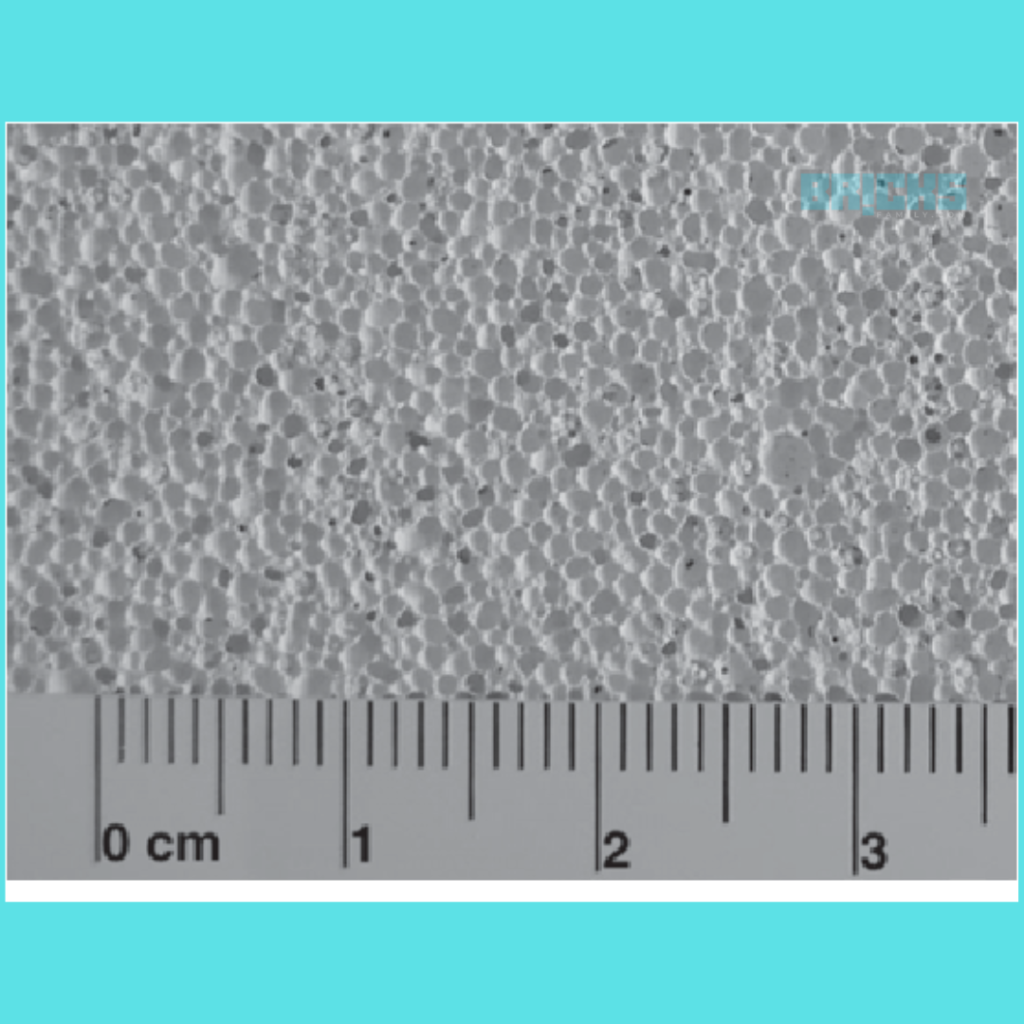
AAC blocks have mostly standard sizes everywhere in the world, and the weight and the AAC block prices vary depending on the size you choose. The common size specifications are:
| Size 1 | 600X200X200 |
| Size 2 | 600X200X150 |
| Size 3 | 600X200X100 |
| Size 4 | 600X300X200 |
| Size 5 | 600X300X100 |
| Size 6 | 600X400X250 |
Out of these, the 600X200X200 is the most commonly chosen size. One of these blocks may weigh about 15 kg. Other features of these blocks are:
| Fire resistance | 4-6 hours, depending on the size |
| Sound reduction | 60 dB |
| Thermal conductivity | 0.25 w/Km |
| Energy efficiency | Up to 25% reduction in air-conditioning costs |
| Thermal efficiency | 3X higher than traditional bricks |
| Compressive strength | 30-50/kg/cm2 |
What are the Current AAC Block Prices in India?
Depending on the manufacturer, AAC blocks might cost anywhere from INR 2,000 to INR 4,000 per cubic meter. The cost per cubic meter will naturally change according to your purchase quantity.
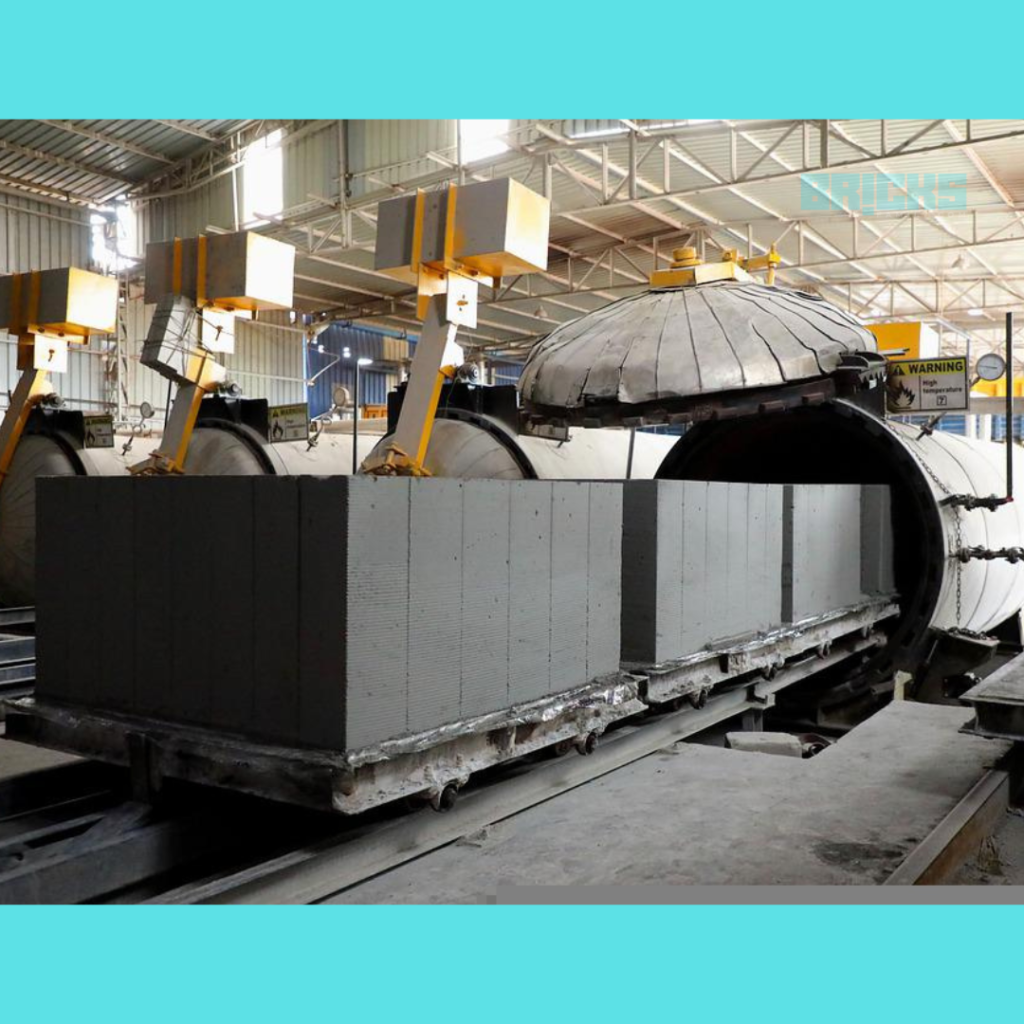
Advantages and Disadvantages of AAC Blocks
Here are some of the advantages and disadvantages of AAC blocks.
Advantages of AAC Blocks
- These AAC blocks’ most significant benefit is their thermal efficiency. They lessen the need for heating and cooling and keep the house comfortable in both summer and winter.
- The blocks perform better against fire than conventional blocks.
- Each block is significantly larger than a clay brick;
- These blocks weigh up to three times less than conventional clay or cement blocks. This leads to a speedier construction of the structure.
- The cost of AAC blocks is less for large-scale construction projects than burnt clay bricks.
- Because no harmful ingredients are used to produce AAC bricks, these bricks are environmentally benign. Additionally, 30% less solid waste is generated during the production process and 50% less greenhouse gas emissions.
- Because AAC blocks are made of porous material, naturally absorbing moisture, the amount of mildew, wetness, and humidity inside the house will decrease.
- When compared to standard blocks, AAC blocks may require more trimming and cutting. But AAC blocks are more accurate. These are the ideal size and don’t require any cutting.
- Because these blocks are lightweight, you will save money on AAC block prices when you factor in labour costs for loading and unloading blocks and transportation expenses.
- These lightweight, porous materials have a long shelf life and are not much affected by climatic changes.
Disadvantages of AAC Blocks
- Improper installation may result in fissures in the block structure, compromising the building’s finish.
- Because AAC blocks are porous, they must be handled cautiously when loaded and unloaded. Additionally, because these are lightweight, labourers may handle them carelessly, breaking them unintentionally.
- The cost of AAC blocks varies depending on how much you order. Compared to typical bricks, the cost of bricks may be more overall if you create a modest, low-rise structure. The best use cases for these are tall buildings.
- No mason is capable of laying AAC blocks. • AAC blocks are called non-load-bearing materials because they cannot support significant loads and should only be completed by experts. Consequently, these ought to be primarily used for partition walls.
AAC Blocks vs. Burnt Clay Blocks (Red Bricks)
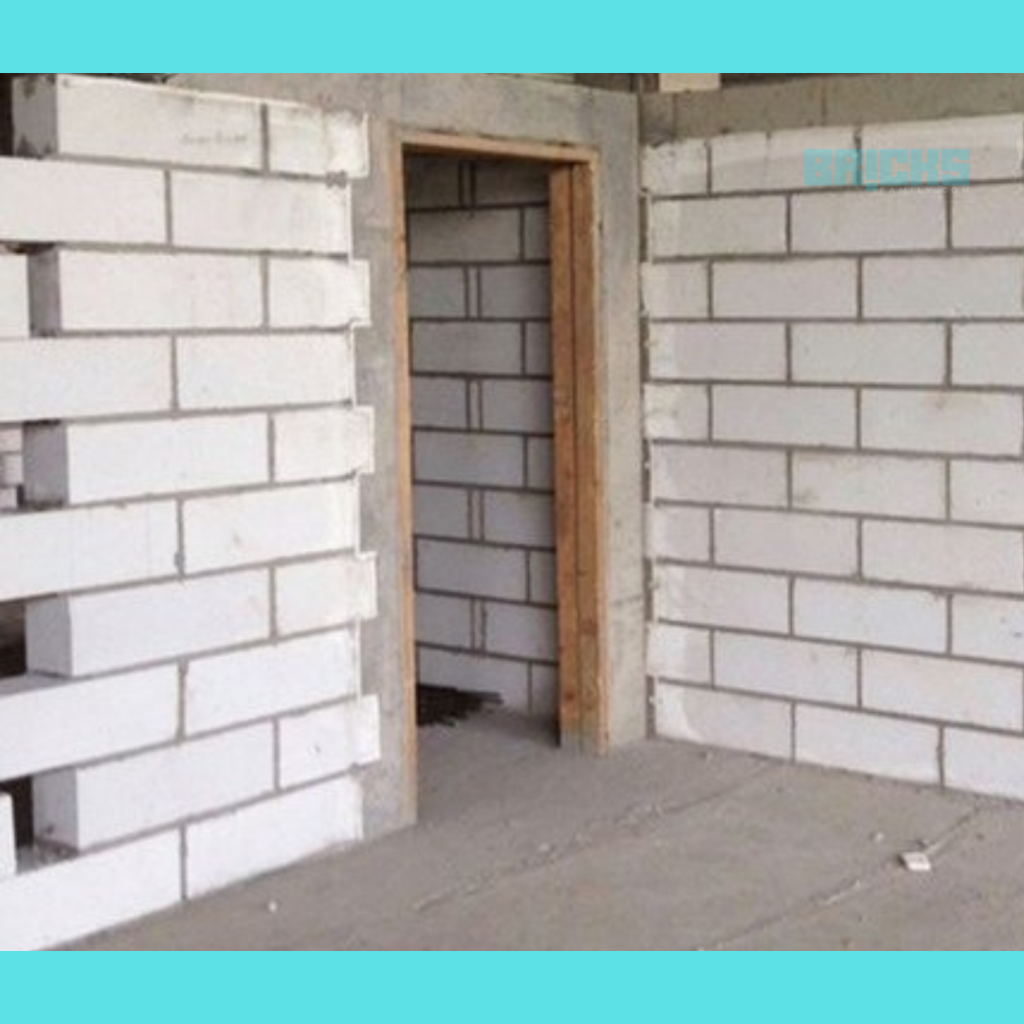
After reading about the characteristics, benefits, and drawbacks of AAC blocks, you should be better able to decide which to choose for your building project. Here is a thorough comparison between AAC blocks and red bricks.
| AAC blocks | Red bricks |
| AAC blocks are lightweight (up to 3 times more lightweight than traditional red bricks) and are easy to handle | Red bricks come in different weights depending on the seller |
| Each of the AAC blocks can weigh anywhere from 3 kg to 15 kg, depending on the size of the individual blocks | The average weight can range between 2-3.5 kg for one block |
| AAC blocks are very large in size | Red bricks are smaller in size |
| AAC blocks are usually uniform in size and don’t come with rugged or rough edges that need to be trimmed | The size and shape of red bricks can be slightly different as they are mostly handmade. They also have rough edges that need trimming before use |
| AAC blocks are mostly used for non-load bearing purposes and used to create partition walls | Red bricks can be used for constructing internal and external walls, structural units, and even arches and aesthetic setups |
| The construction process is relatively quicker | The construction process is tedious and time-consuming |
| AAC block prices are high for small quantities of production | The production cost may be cheaper for smaller production quantities |
| AAC blocks may need a weather coating finish if they are exposed externally | Red bricks can be left exposed without the need for weather coating |
Top Manufacturers of AAC Blocks in India
The AAC blocks or Autoclaved Aerated Concrete are lightweight concrete blocks, used extensively in construction. The top manufacturers of AAC blocks in India are as follows-
- Siporex Autoclaved Aerated Concrete (AAC) Blocks
- Renaatus Procon Pvt Ltd
- Magicrete Building Solutions
- Siporex India Pvt. Ltd.
- AAC India
- Visaka Industries Limited
- Siporex Autoclaved Aerated Concrete (AAC) Blocks
- JK Lakshmi Cement
- Birla Aerocon AAC Block
- Wehrhahn India Private Limited
- Xella Aircrete India Private Limited
- Ultratech Xtralite
- Hil Limited (HIL)
- Biltech Building Elements Limited
- Aerocon AAC Blocks
- Biltech Building Elements Limited
Out of the mentioned companies, Birla Aerocon is one of the largest AAC manufacturers in India.
Other Names for AAC Blocks
AAC blocks have become more and more popular recently. It goes by a few other names as well. The AAC blocks are also known by the following names: Durox, Siporex (Silicon Pore Expansion), Hebel, Aircon, Starken, Autoclaved Cellular, Cellular Concrete, Porous Concrete, and Thermalite.
The History of AAC Blocks
It may surprise you to learn that the 1920s saw the invention of AAC blocks in Sweden. Dr Johan Axel Eriksson, a Swedish architect, and Henrik Kreuger, a professor, developed a novel building material that was stronger and lighter than clay bricks. In 1924, they received a patent for the product, and Ytong, the first brand of autoclave aerated concrete, was launched.
Alum shale, a naturally occurring clay slate containing pyrite, was initially used by these scientists to aid in the process of creation. The pyrite’s carbon content aided in the gas release and burning process.
The Swedish government first made note of the dangerous radon emissions that resulted from burning alum shale in 1972. The material was consequently outlawed, forcing the industry to devise a substitute that combined lime, cement, calcined gypsum, and aluminium powder. Most of Asia, Africa, and the Middle East were supplied independently by the Swedish companies that made the AAC blocks. However, many local brands are creating and marketing these blocks domestically due to the boom in the Asian construction industry.
Conclusion to AAC Blocks
If you are building a house or a company, consider utilizing AAC blocks entirely or partly for construction. These blocks have many benefits, making them an excellent option for long-lasting constructions. For Indian homeowners, these blocks’ insulation is a huge benefit.
Prices for AAC blocks are on the expensive side. But remember that because these blocks are so big, you will use fewer of them than you would with regular bricks. Also, AAC blocks save you a ton of money if you’re a contractor erecting a high-rise structure. Consult your builder and make a prior comparison between these and conventional blocks.
Also Read: Holi Decoration Ideas for Home with Images | DIY & Theme Holi Decoration
Similar Topics: PM Surya Ghar Muft Bijli Yojana: Solar Panel Scheme for Homes In India











